Aquarium Maintenance: Tips and Tricks to Keep Your Aquarium Healthy and Stunning

Owning an aquarium at home can be a fun and relaxing hobby. Gracefully swimming fish and lush aquatic plants can bring peace and a natural atmosphere into the room. A well-maintained aquarium is not only aesthetically pleasing but is also a dynamic mini-ecosystem that requires special attention to ensure the health of its inhabitants. If neglected, aquariums can become breeding grounds for diseases and bacteria that can harm your beloved fish and plants.
Creating and maintaining a healthy and stunning aquarium requires knowledge and proper maintenance practices. This article will discuss various tips and tricks to ensure your aquarium becomes an ideal environment for fish and plants to thrive.
1. Water Management: The Core of a Healthy Ecosystem
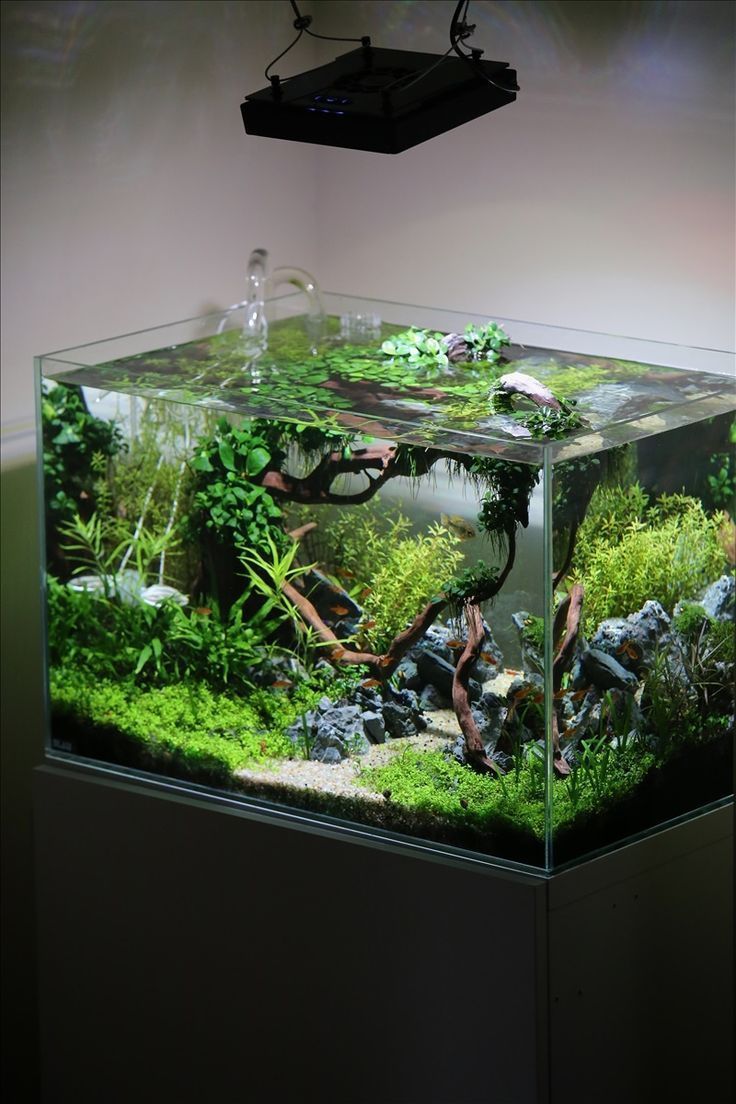
Water is the most important element in an aquarium. It is the source of life for fish and plants, and it also plays a role in maintaining the balance of the aquatic ecosystem. Here are some important steps in aquarium water management:
-
Water Quality: Use clean water that is free of chlorine and chloramine. Tap water from the PDAM usually contains these substances, which can be toxic to fish. You can remove chlorine and chloramine by settling water for 24-48 hours or using special chlorine removers for aquariums.
-
Regular Water Changes: Perform regular water changes on your aquarium, ideally every 1-2 weeks. Replace about 25-30% of the aquarium water with clean water that has been adjusted to the aquarium water temperature. Water changes help remove pollutants and toxins produced by fish and leftover food, and maintain the balance of mineral levels in the water.
-
Effective Filtration: Aquarium filters play a vital role in keeping the water clean. Choose a filter that is appropriate for the size of your aquarium and make sure the filter is working optimally. Clean the filter regularly according to the manufacturer's instructions, usually every 2-4 weeks. Also, clean the filter media regularly to ensure its function in filtering out dirt and bacteria is not disrupted.
2. Monitoring and Controlling Water Quality
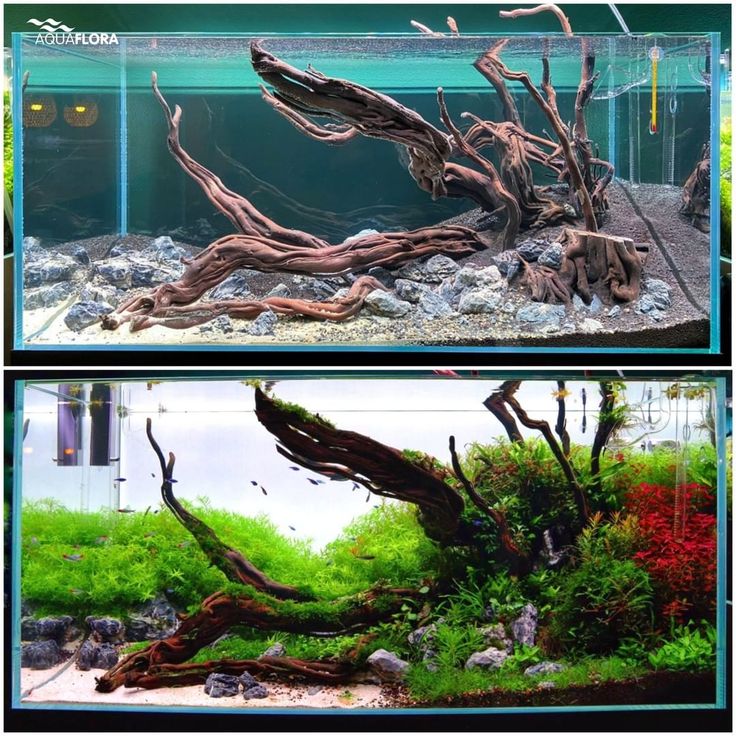
To ensure aquarium water is in ideal condition for fish and plants, regular monitoring and control of water quality is necessary. Here are some important parameters to monitor:
-
Ammonia (NH3) and Nitrite (NO2): These two substances are byproducts of fish waste and food decomposition that are biologically broken down. High concentrations of ammonia and nitrite can be toxic to fish. Although good bacteria in the filter will break down ammonia into nitrite and then into nitrate, you need to ensure that both of these substances are at safe levels. Use a test kit to measure ammonia and nitrite levels regularly. If the levels exceed safe limits, perform additional water changes and consider increasing filter cleaning or adding starter bacteria.
-
Nitrate (NO3): Nitrate is the end product of the biological breakdown of ammonia. While nitrate is not as dangerous as ammonia and nitrite, high concentrations can also disrupt fish health. Perform water changes to lower nitrate levels if they exceed safe limits. Aquatic plants can help absorb nitrate, so the presence of healthy plants also contributes to water quality management.
-
pH: The acidity level (pH) of the water indicates how acidic or alkaline the water is. Most freshwater fish prefer neutral (pH 7.0) or slightly alkaline (pH 7.2-7.8) water. Measure the pH of the water regularly and make adjustments if necessary using special pH-increasing or pH-decreasing products that are safe for aquariums.
-
Temperature: The ideal water temperature depends on the type of fish you keep. Most tropical freshwater fish require a water temperature between 24-27 degrees Celsius. Use an aquarium thermometer to monitor water temperature and use a heater or air conditioner as needed to maintain the temperature at the right level.
3. Fish Selection and Care
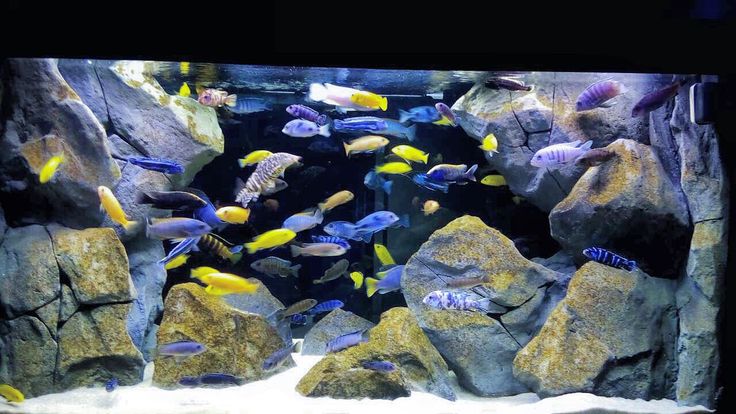
Healthy and active ornamental fish are the main attraction of an aquarium. Here are some things to consider when selecting and caring for fish:
-
Research and Suitability: Before buying fish, do your research to find out which fish species are compatible with the size of your aquarium, water conditions, and temperament. Avoid forcing fish that require large aquariums or have aggressive personalities into a small aquarium.
-
Quarantine: Any new fish you buy should be quarantined for 2-4 weeks in a separate aquarium before being introduced to the main aquarium. This is to prevent the spread of disease to other fish.
-
Food and Feeding: Feed your fish high-quality food that is appropriate for their species. Avoid overfeeding as it can pollute the water. Feed 2-3 times a day in small amounts. Pay attention to signs of fish health such as appetite, swimming activity, and color changes. Treat sick fish immediately to prevent the spread of disease.
4. Aquatic Plants: Beauty and Multiple Benefits
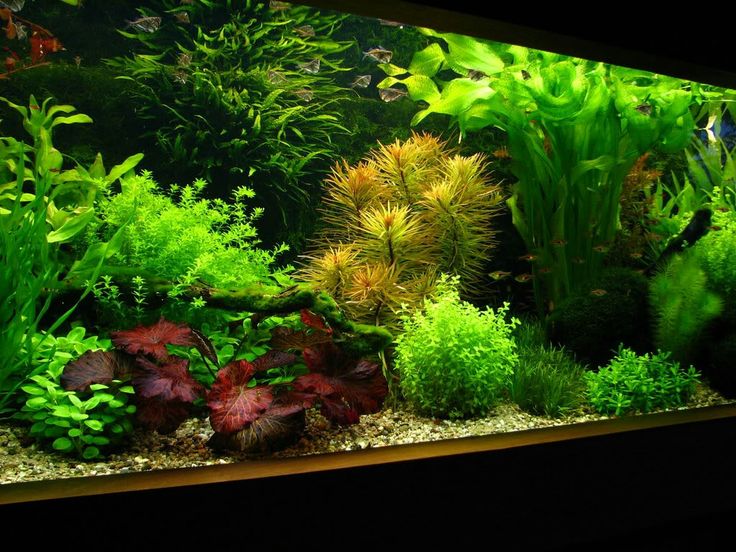
Aquatic plants not only add beauty to an aquarium but also have several important benefits for the ecosystem:
-
Oxygen Production: Aquatic plants photosynthesize and produce oxygen that is needed by fish to breathe.
-
Nitrate Absorption: Aquatic plants help absorb nitrate, one of the byproducts of fish waste that can become toxic in high concentrations.
-
Enhancing Aesthetics: Aquatic plants with various shapes and colors add beauty and variety to an aquarium.
5. Decoration and Lighting: Artistic Touches and Healthy Life
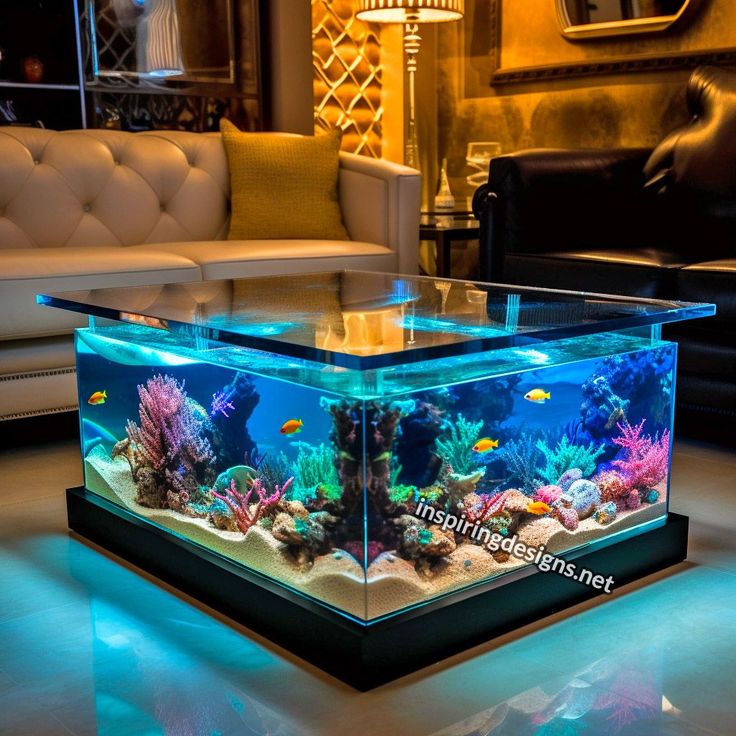
-
Safe Decoration: Choose decorations made from materials that are safe for fish and plants. Avoid using sharp, toxic, or easily decomposable decorations.
-
Adequate Lighting: Aquatic plants need light for photosynthesis. Use aquarium lights that are appropriate for your plant species. Adjust the intensity and duration of lighting to the needs of the plants.
-
Decoration Cleanliness: Clean aquarium decorations regularly to prevent algae and bacteria growth.
6. Preventing Disturbances and Promptly Addressing Problems
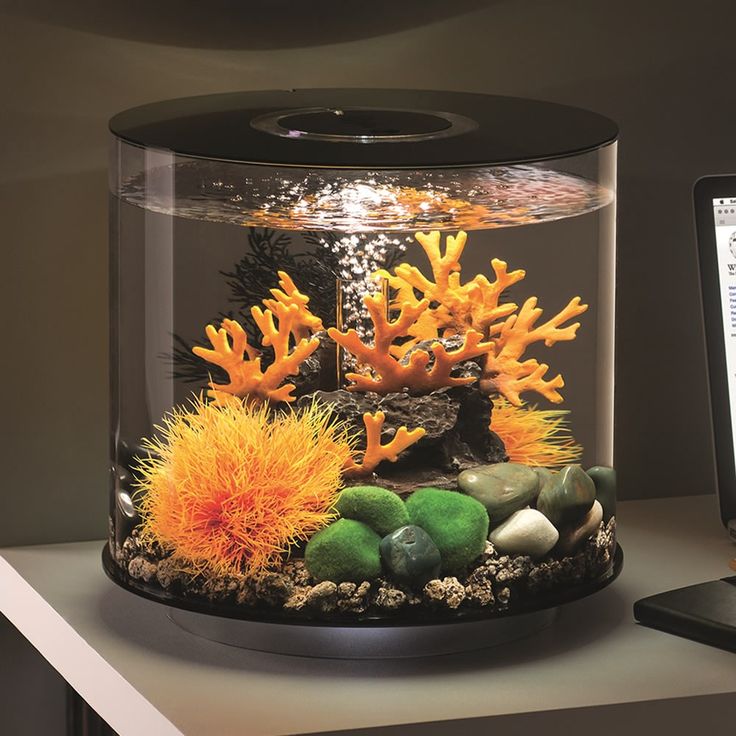
Maintaining a healthy aquarium requires keen observation and anticipation of potential disturbances. Here are some preventive and troubleshooting measures:
-
Avoid Stress on Fish: Avoid drastic water temperature changes, excessive noise, and predators like birds or cats.
-
Aquarium Cleanliness: Regularly clean the aquarium of fish waste, leftover food, and fallen plant leaves.
-
Fish Diseases: Treat sick fish promptly with medications appropriate for the type of disease. Follow the medication instructions carefully.
Conclusion
Owning a beautiful and healthy aquarium requires dedication and care. By following the tips and tricks above, you can create an ideal aquarium environment for fish and plants to thrive. A well-maintained aquarium not only provides aesthetic enjoyment but also brings balance and tranquility into your home.
Maintaining an aquarium is a rewarding hobby. With patience, perseverance, and the right knowledge, you can create a beautiful, healthy aquarium that brings joy to you and your family.








